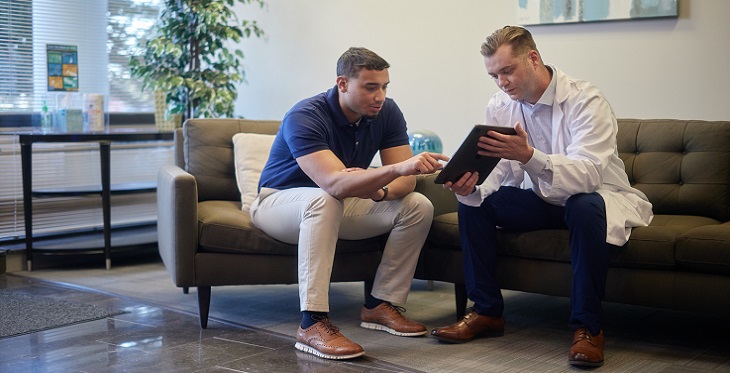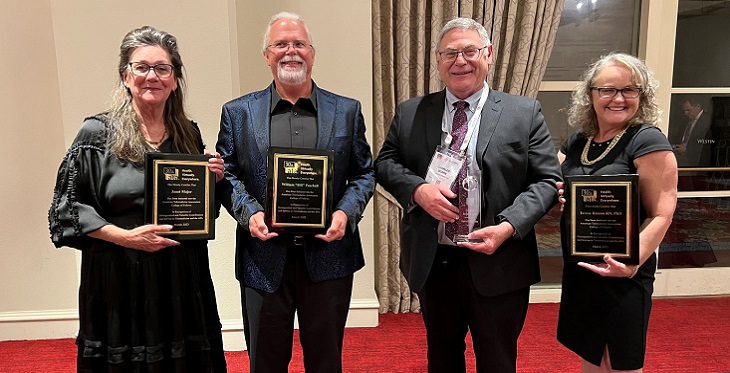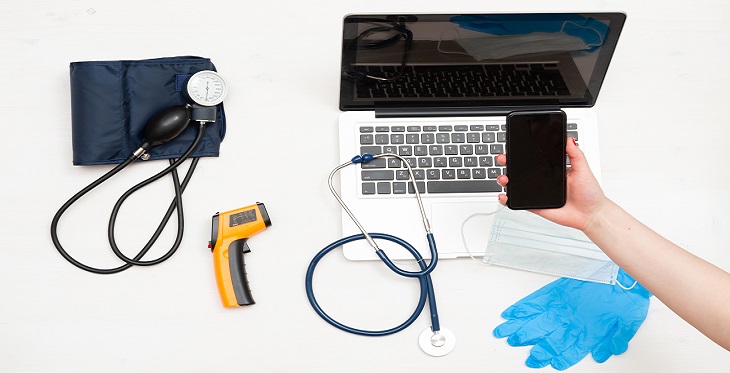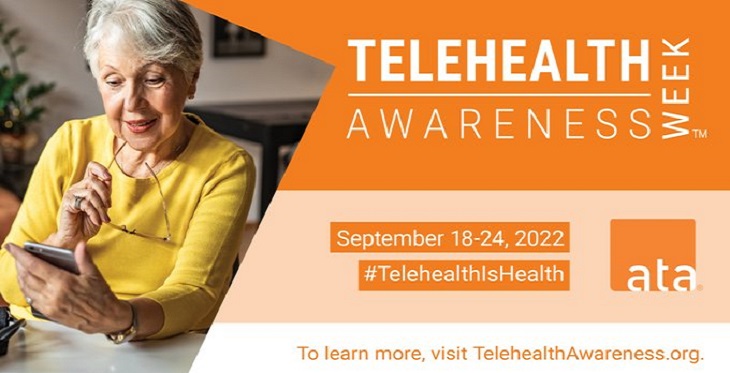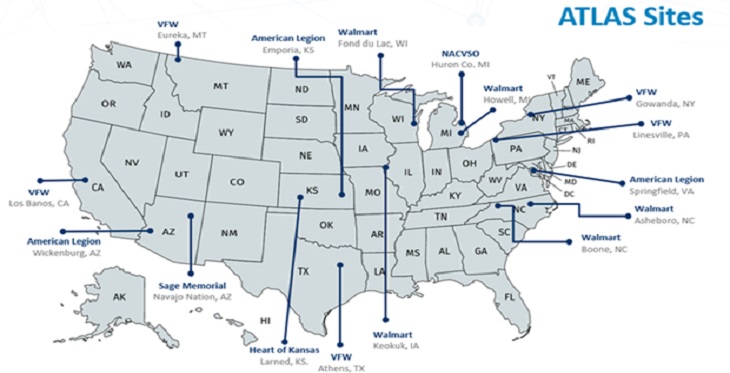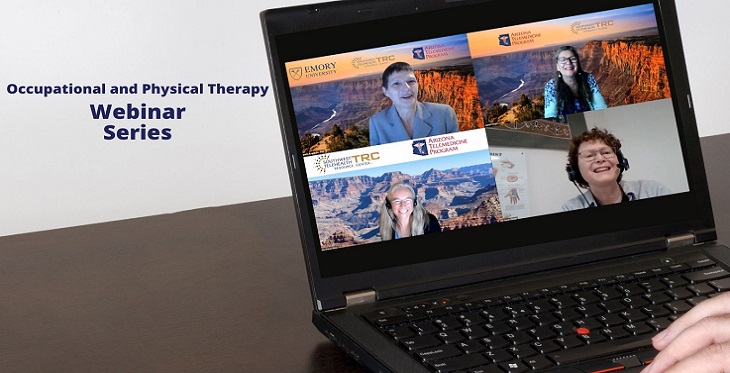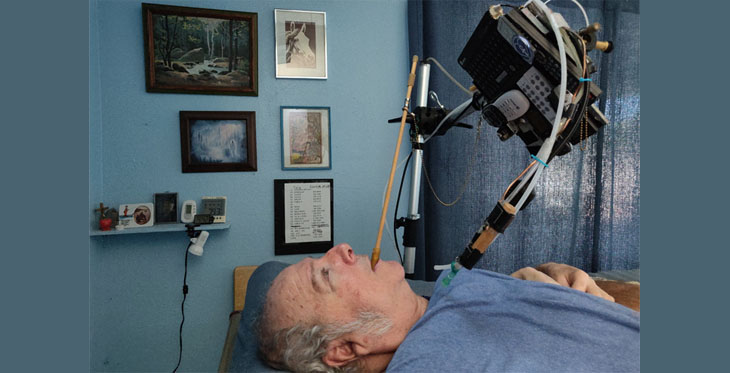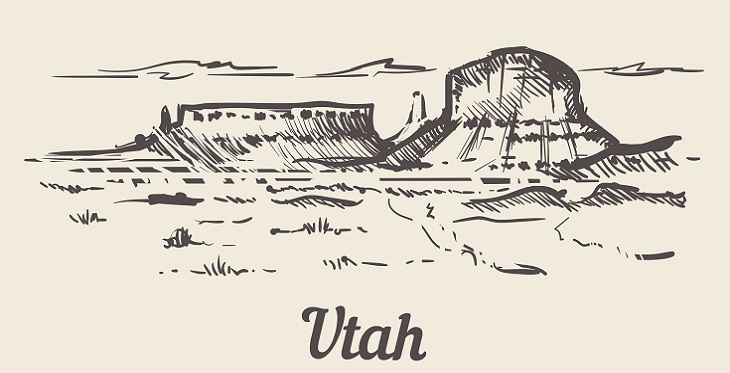
COVID-19 has overstayed it welcome for most of us. Everyone’s lives, across the nation and world, have changed drastically in the last nine months. While COVID-19 has impacted everyone, everyone’s experiences have been different.
This summer, I had the privilege to speak to Carol Lewis about Yavapai county, Arizona’s experience and how rural centers are handing the pandemic. But even rural centers experience the effects of the pandemic differently from each other. To explore different experiences across the southwest, I reached out to The Wayne Community Health Center in the rural town of Bicknell, Utah. Bicknell is one of the 10 communities that make up Wayne County. Wayne county contains about 2,475 square miles (105 miles long and 23 miles wide) in south central Utah, 97% of which is federal and state land. The population of Wayne county is about 2700 and there is only one medical doctor in the county to serve them. Of 2700 people in Wayne county approximately 81% of them have health insurance. The demographic of the population is mostly Caucasian (91%), with the median age and income being 41 years and $45K respectively.
